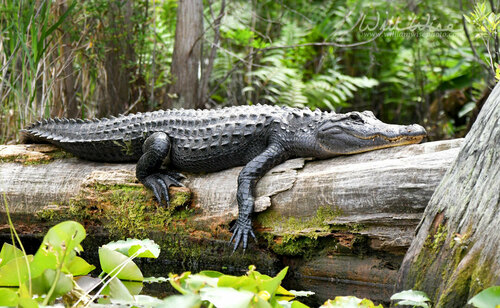
American Alligator
The American alligator, a majestic wetland predator, boasts a broad snout and impressive length of up to 15 feet. Mastering stealth, it maintains balance in its ecosystem by controlling prey populations, exemplifying nature's perfect design for survival.
35-50 years
Lifespan
181.0 - 363.0 kg
Weight
Length: 3 cm
Size
Brown, Grey, Yellow, Black, Green
Color
10-12 years
Age of Sexual Maturity
15 mph
Top Speed
Least Concern
Conservation Status
Increasing
Population Trend
Distribution Range of the American Alligator
Alligator mississippiensis, commonly known as the American alligator, is native to the southeastern United States. Its geographical distribution includes states such as Louisiana, Florida, Georgia, Alabama, Mississippi, South Carolina, North Carolina, Texas, and parts of Oklahoma and Arkansas.
American Alligator's Habitat
Environmental Conditions
The American alligator typically inhabits freshwater environments such as ponds, marshes, wetlands, rivers, lakes, and swamps. The preferred climate for this species is subtropical to tropical, characterized by warm temperatures and high humidity.
Ecological Niche
Alligator mississippiensis is a keystone predator within its ecosystem, playing a crucial role in controlling the population of various prey species, including fish, birds, and small mammals. It creates 'gator holes' which provide habitat for other wildlife, especially during dry periods. The species adapts to its environment by being able to regulate its body temperature through behavioral thermoregulation.
Copyright @ Nature Style Limited. All Rights Reserved.
 English
English